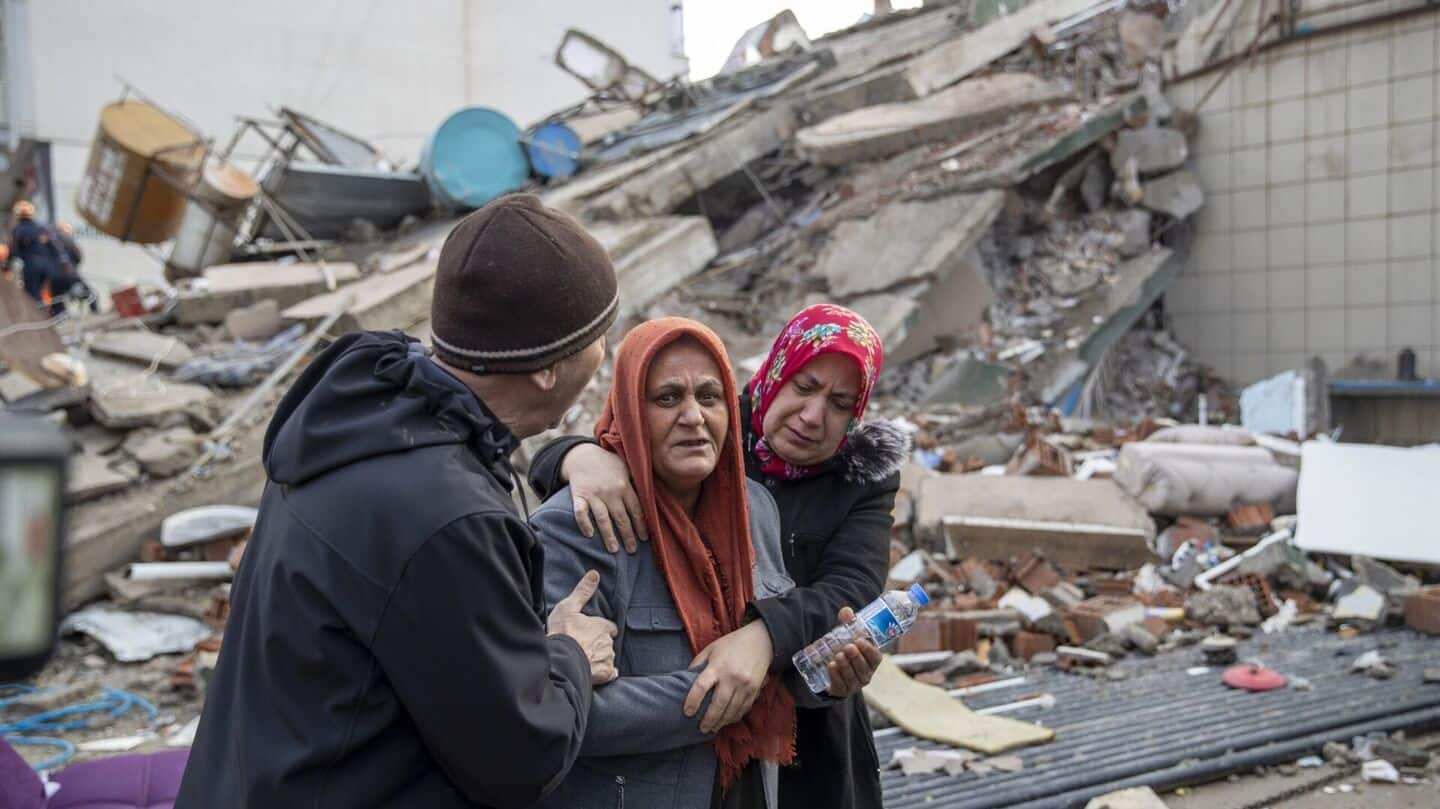
Google admits failing to warn millions before 2023 Turkey earthquake
What's the story
Google has admitted that its earthquake early warning system failed to give an accurate alert during the devastating 2023 Turkey quake. The system could have warned 10 million people within 158km of the epicenter by sending highest level alert, which gives up to 35 seconds of warning time to find safety. However, only a fraction received this crucial alert. More than 55,000 people died and over 100,000 were injured when two powerful earthquakes struck southeastern Turkey on February 6, 2023.
Alerts
Only 469 people got 'Take Action' alerts
The first 7.8 magnitude quake only saw 469 "Take Action" alerts being sent out by Google. A lower-level warning meant for "light shaking" was sent to half a million people, but it didn't alert users as prominently as the higher-level alert would have. Google had previously claimed that its system had "performed well" during other earthquakes.
System operation
How does Google's earthquake alert system work?
Google's system, called Android Earthquake Alerts (AEA), detects shaking from a large number of mobile phones running on the Android operating system. The tech giant's most serious warning, "Take Action," triggers a loud alarm on the user's phone and covers their screen. This is the alert that should be sent when stronger shaking that could threaten human life is detected.
Algorithm limitations
System underestimated strength of first earthquake
Google's researchers have revealed in the Science journal that their system underestimated the strength of the first earthquake, rating it between 4.5 and 4.9 on the moment magnitude scale (MMS), when it was actually a 7.8. The second major quake was also underestimated, but this time, the system sent "Take Action" alerts to over 8,000 phones and "Be Aware" alerts to nearly four million users.
Algorithm enhancement
Tech giant modified the algorithm after the earthquake
After the earthquake, Google's researchers modified the algorithm and simulated the first quake again. This time, the system issued 10 million "Take Action" alerts to those at greatest risk and another 67 million "Be Aware" alerts to those living farther away from the epicenter. The tech giant acknowledged that every earthquake early warning system struggles with tuning algorithms for large magnitude events.